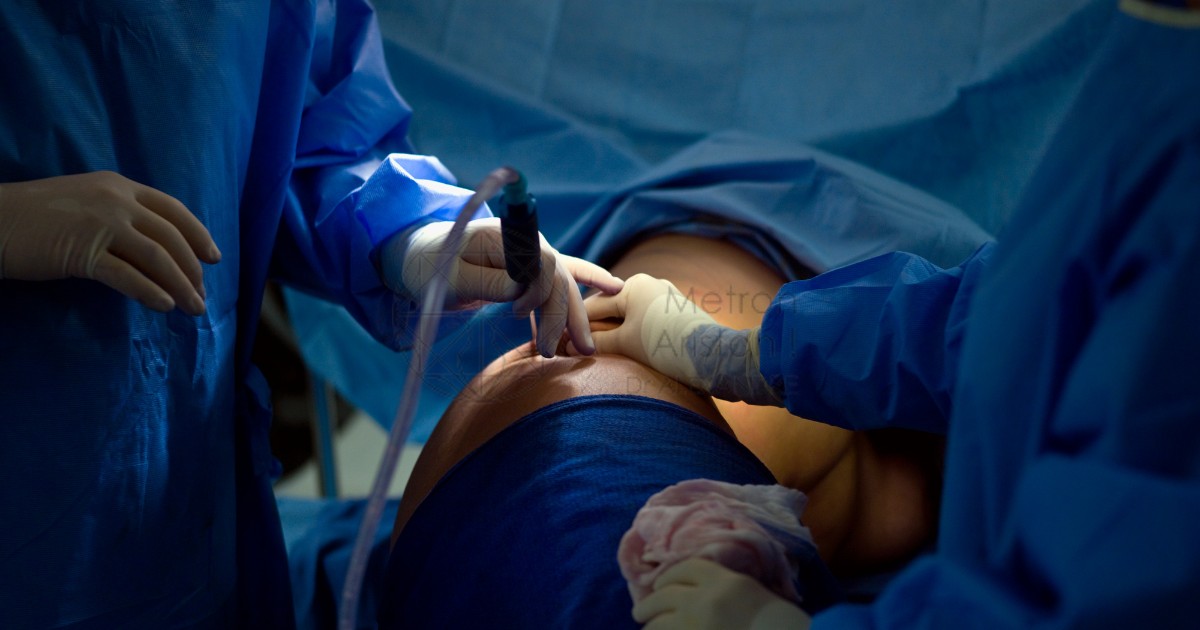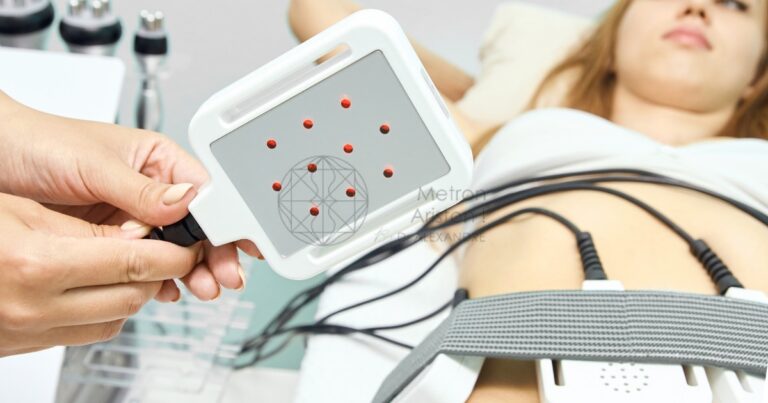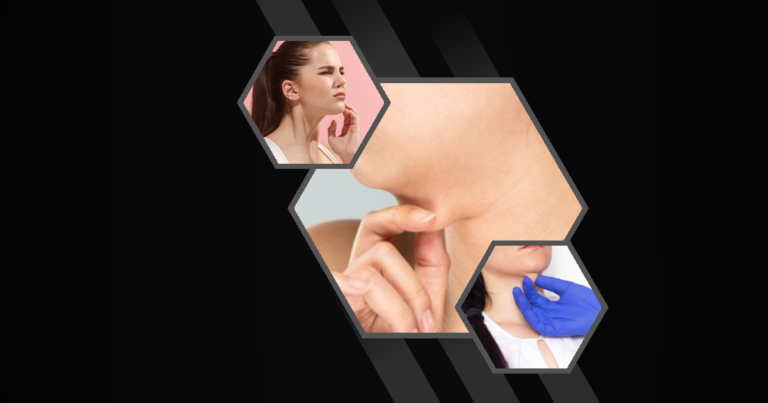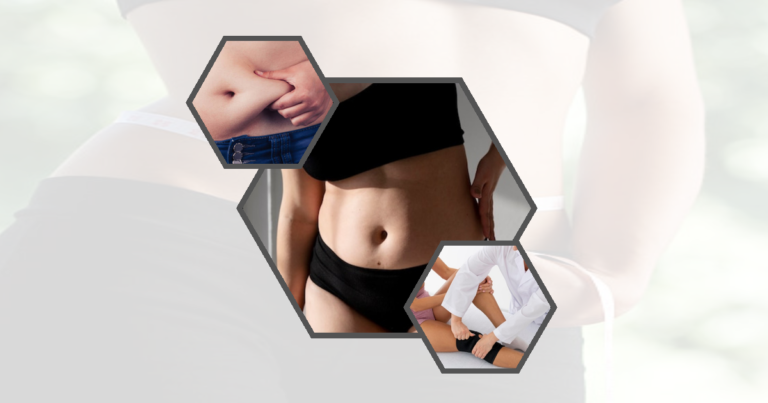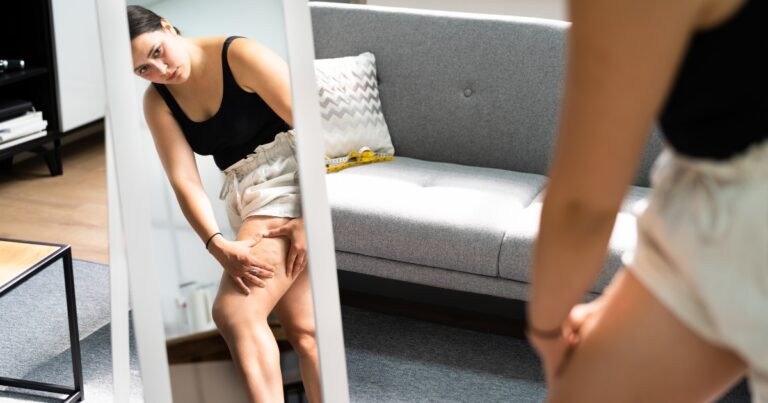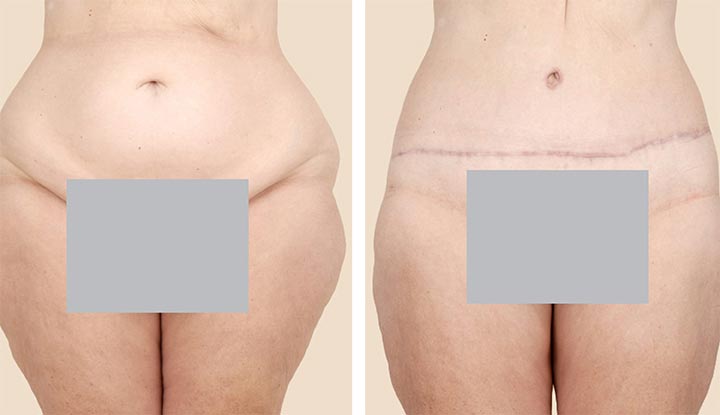Overview of Liposuction
Definition of Liposuction
Liposuction is a cosmetic surgical procedure designed to remove excess fat deposits from specific areas of the body. It aims to improve body contours and proportion, enhancing the overall appearance. This procedure is not a weight-loss solution but rather a method to target stubborn fat that doesn’t respond to diet and exercise.
Dubai Liposuction Services help people remove extra fat from their bodies to look and feel better
Common Treatment Areas
Liposuction can be performed on various parts of the body where fat tends to accumulate. These areas include the abdomen, thighs, hips, buttocks, arms, neck, and back. Each area requires a tailored approach to achieve the best results.
- Abdomen
- Thighs
- Hips
- Buttocks
- Arms
- Neck
- Back
Why Liposuction is Done
Aesthetic Benefits
Liposuction is primarily sought for its aesthetic benefits. It helps in sculpting the body by removing localized fat deposits, resulting in a more toned and defined appearance. This can significantly boost self-esteem and body image.
- Enhances body contours
- Improves body proportion
- Boosts self-confidence
Health Benefits
While liposuction is mainly cosmetic, it can also offer some health benefits. Removing excess fat can improve mobility and reduce the risk of certain health conditions associated with obesity, such as diabetes and heart disease.
- Improves mobility
- Reduces risk of obesity-related conditions
- Enhances overall well-being
Liposuction Treatment Areas
Chin and Neck
Liposuction can effectively target the chin and neck area to eliminate a double chin and create a more defined jawline. This can result in a more youthful and balanced facial appearance.
- Eliminates double chin
- Defines jawline
- Enhances facial balance
Abdomen and Waist
The abdomen and waist are common areas for liposuction. This procedure can help achieve a flatter stomach and a more defined waistline, which are often difficult to attain through diet and exercise alone.
- Flattens stomach
- Defines waistline
- Targets stubborn belly fat
Thighs and Hips
Liposuction on the thighs and hips can help reduce the appearance of saddlebags and create a more streamlined lower body. This can enhance the overall silhouette and make clothing fit better.
- Reduces saddlebags
- Streamlines lower body
- Improves clothing fit
Arms and Back
Liposuction can also be performed on the arms and back to remove excess fat and create a more toned appearance. This is particularly beneficial for individuals who have lost a significant amount of weight and have residual fat deposits.
- Tones arms
- Reduces back fat
- Complements weight loss efforts
Types of Liposuction Procedures 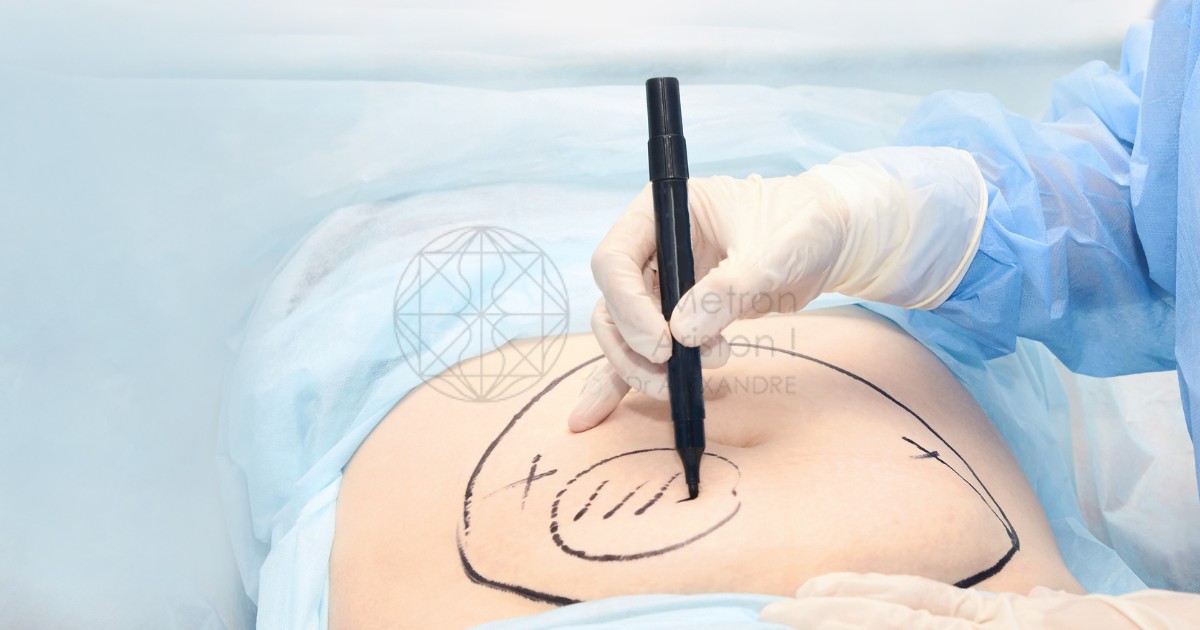
Suction-Assisted Liposuction
Suction-assisted liposuction (SAL) is the most traditional form of liposuction. It involves the use of a vacuum device to suction out fat through a small incision. This method is effective for larger areas of fat removal.
- Traditional method
- Uses vacuum device
- Effective for large areas
Tumescent Liposuction
Tumescent liposuction involves injecting a large volume of a saline solution mixed with anesthetic into the targeted area. This solution helps to numb the area, reduce blood loss, and make fat removal easier.
- Uses saline solution
- Reduces blood loss
- Eases fat removal
Laser-Assisted Liposuction
Laser-assisted liposuction (LAL) uses laser energy to liquefy fat cells before they are removed. This method can result in less bruising and a quicker recovery time compared to traditional liposuction.
- Uses laser energy
- Liquefies fat cells
- Quicker recovery
What to Expect Before the Procedure
Initial Consultation
Before undergoing liposuction, an initial consultation with a qualified surgeon is essential. During this consultation, the surgeon will assess your medical history, discuss your goals, and determine if you are a suitable candidate for the procedure.
- Assess medical history
- Discuss goals
- Determine suitability
Pre-Operative Instructions
Prior to the surgery, you will receive specific pre-operative instructions. These may include guidelines on eating and drinking, medications to avoid, and preparations for post-operative care.
- Guidelines on eating and drinking
- Medications to avoid
- Post-operative preparations
What Happens During Liposuction Surgery
Anesthesia
Liposuction is typically performed under local or general anesthesia, depending on the extent of the procedure and the areas being treated. Anesthesia ensures that the patient remains comfortable and pain-free during the surgery.
- Local or general anesthesia
- Ensures comfort
- Pain-free procedure
The Incision Process
Small incisions are made in the targeted areas to insert a cannula, a thin tube used to break up and remove fat. The size and number of incisions depend on the specific areas being treated.
- Small incisions
- Insertion of cannula
- Varies by treatment area
Fat Removal Techniques
The fat removal process involves using the cannula to break up fat cells and suction them out of the body. Different techniques, such as suction-assisted, tumescent, or laser-assisted liposuction, may be used based on the patient’s needs.
- Breaks up fat cells
- Suctions out fat
- Technique varies by patient
Recovery After Liposuction 
Immediate Post-Operative Care
After the procedure, patients are monitored in a recovery area. Compression garments are often recommended to reduce swelling and support the treated areas. Pain and discomfort are managed with prescribed medications.
- Monitoring in recovery area
- Use of compression garments
- Pain management
Long-Term Recovery Tips
Long-term recovery involves following the surgeon’s instructions, maintaining a healthy diet, and engaging in light physical activity as recommended. Full recovery can take several weeks to months, depending on the extent of the procedure.
- Follow surgeon’s instructions
- Maintain healthy diet
- Engage in light physical activity
Risks and Complications
Common Side Effects
Like any surgical procedure, liposuction carries some risks. Common side effects include swelling, bruising, and temporary numbness in the treated areas. These side effects typically subside within a few weeks.
- Swelling
- Bruising
- Temporary numbness
Serious Complications
Although rare, serious complications can occur. These may include infection, blood clots, and adverse reactions to anesthesia. It is crucial to choose a qualified and experienced surgeon to minimize these risks. Liposuction longevity questioned as new studies show fat may return in other areas of the body after the procedure Researchers are unsure how long liposuction results last raising concerns about
Liposuction ineffective cellulite Liposuction targets abdomen to remove extra fat from the belly area This procedure helps people get a flatter tummy and slimmer waistline Laser fat reduction uses special light beams to melt away unwanted fat
Multiple Liposuction Sessions involve getting fat removed from your body more than once over time This approach can help achieve better results for people who need a lot of fat taken out
- Infection
- Blood clots
- Anesthesia reactions
Results of Liposuction
When to Expect Results
Initial results from liposuction can be seen within a few weeks, but the final outcome may take several months to become fully apparent. This is due to the body’s natural healing process and the gradual reduction of swelling.
- Initial results in weeks
- Final outcome in months
- Gradual reduction of swelling
Longevity of Results
The results of liposuction can be long-lasting if a healthy lifestyle is maintained. While the removed fat cells do not return, remaining fat cells can still expand if significant weight gain occurs.
- Long-lasting results
- Maintain healthy lifestyle
- Avoid significant weight gain
Frequently Asked Questions
What does liposuction do, liposuction what does it do for body contouring?
Liposuction removes excess fat deposits to improve body contours and proportions. It targets specific areas that are resistant to diet and exercise, resulting in a more sculpted appearance.
Can liposuction help with obesity?
Liposuction is not a treatment for obesity. It is designed for body contouring and is most effective for individuals who are close to their ideal weight but have localized fat deposits.
How much weight can you lose with liposuction?
Liposuction is not a weight-loss procedure. The amount of fat removed varies, but it typically ranges from a few ounces to a few pounds. The focus is on improving body shape rather than reducing weight.
Is liposuction permanent?
The results of liposuction can be permanent if a healthy lifestyle is maintained. While the removed fat cells do not regenerate, remaining fat cells can expand with weight gain.
Does liposuction remove cellulite?
Liposuction is not designed to remove cellulite. While it can improve body contours, it may not significantly affect the appearance of cellulite, which is caused by structural issues beneath the skin.


